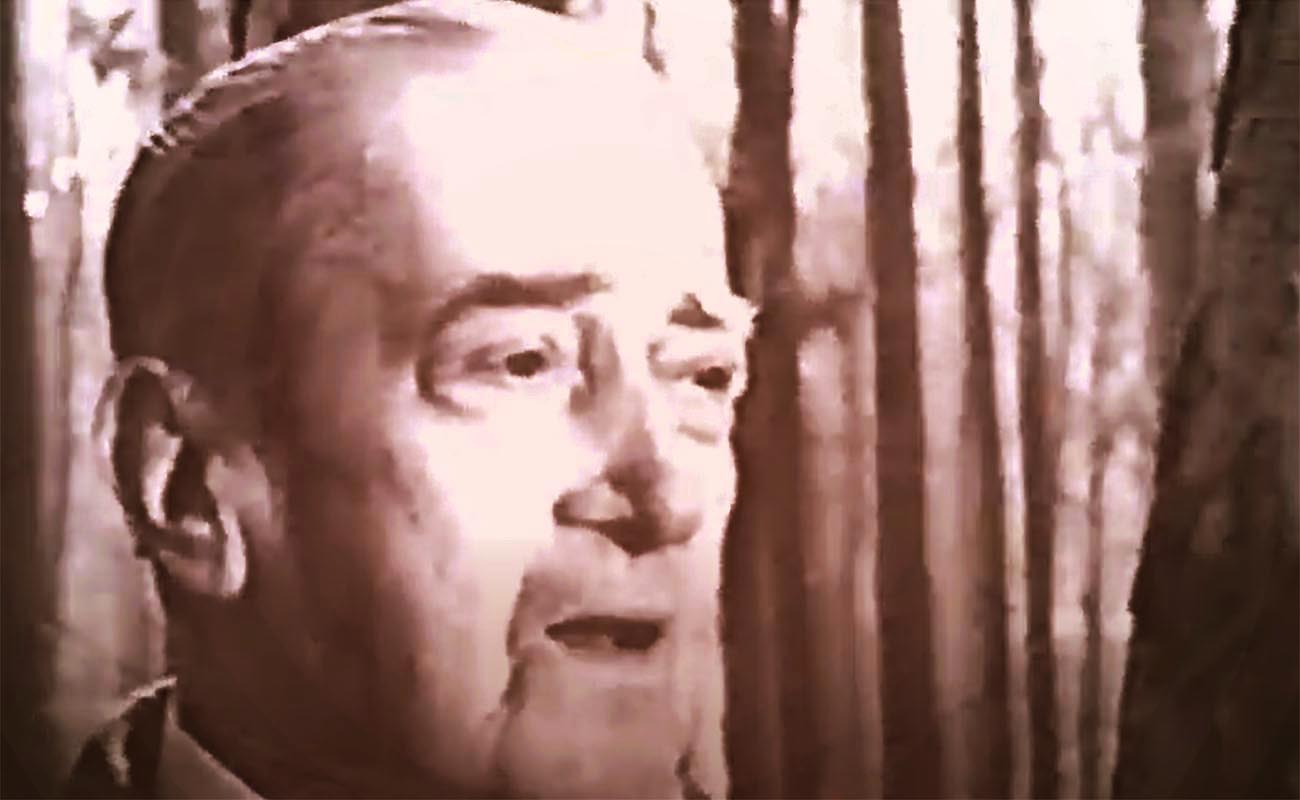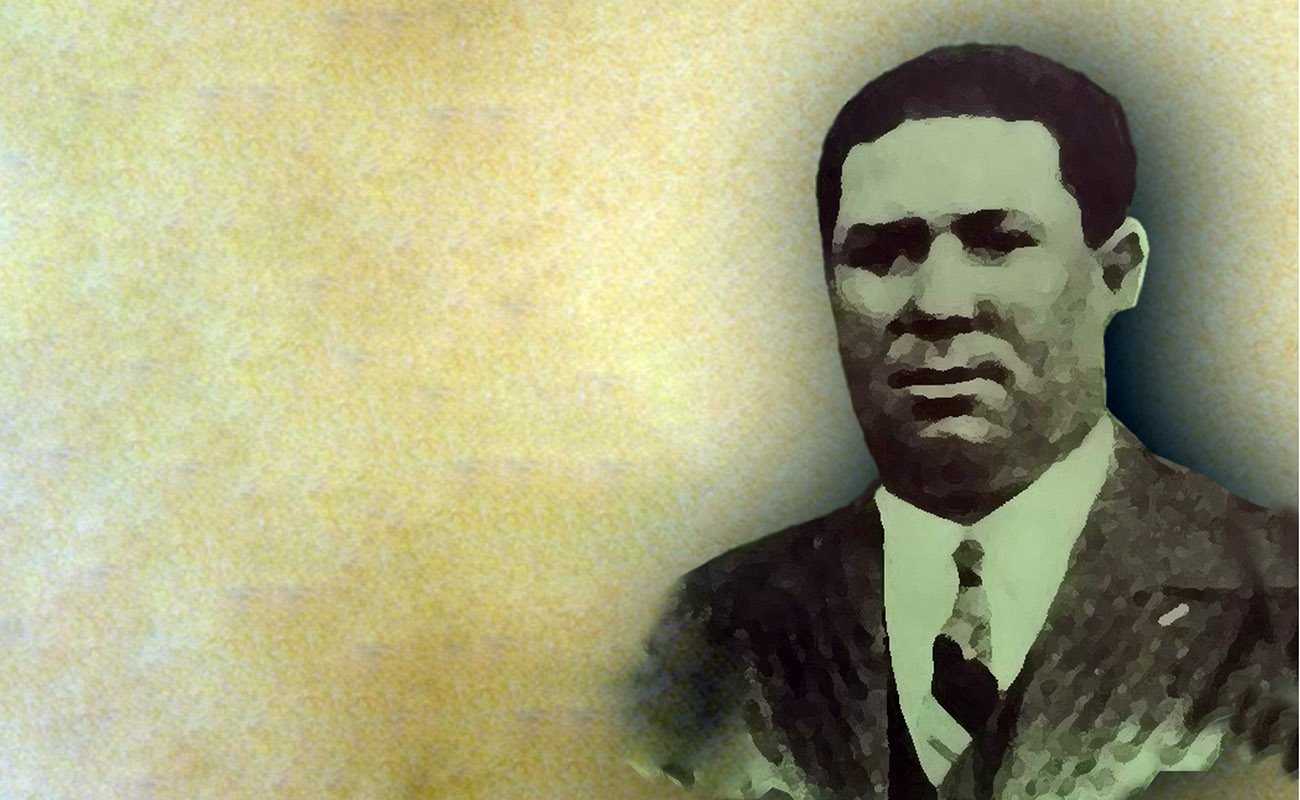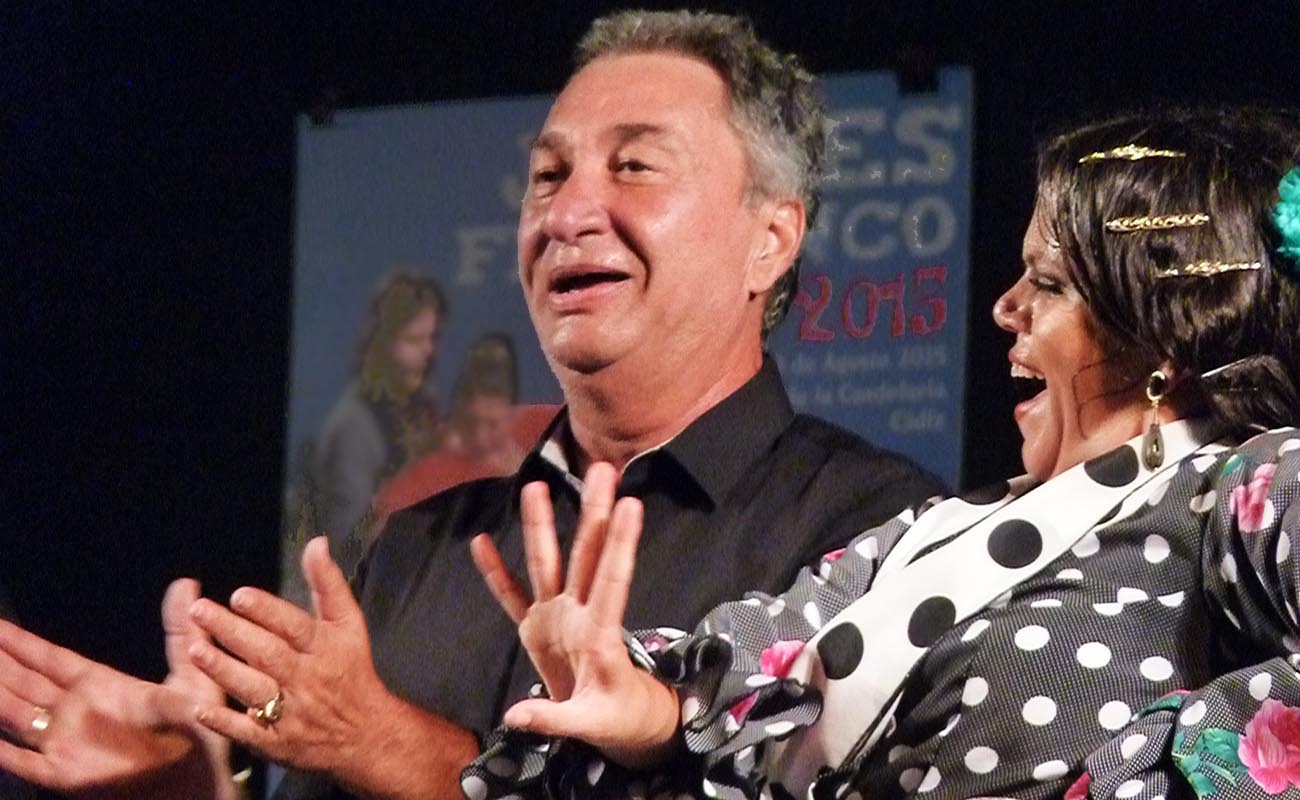Fernando de la Morena, the Sultan of Bulería, has left us
This patriarch of Jerez’s Santiago district was an unequalled host, kind with youth, open-minded, spiritual, a great talker and a good friend and teacher, with a refined taste in food and in company
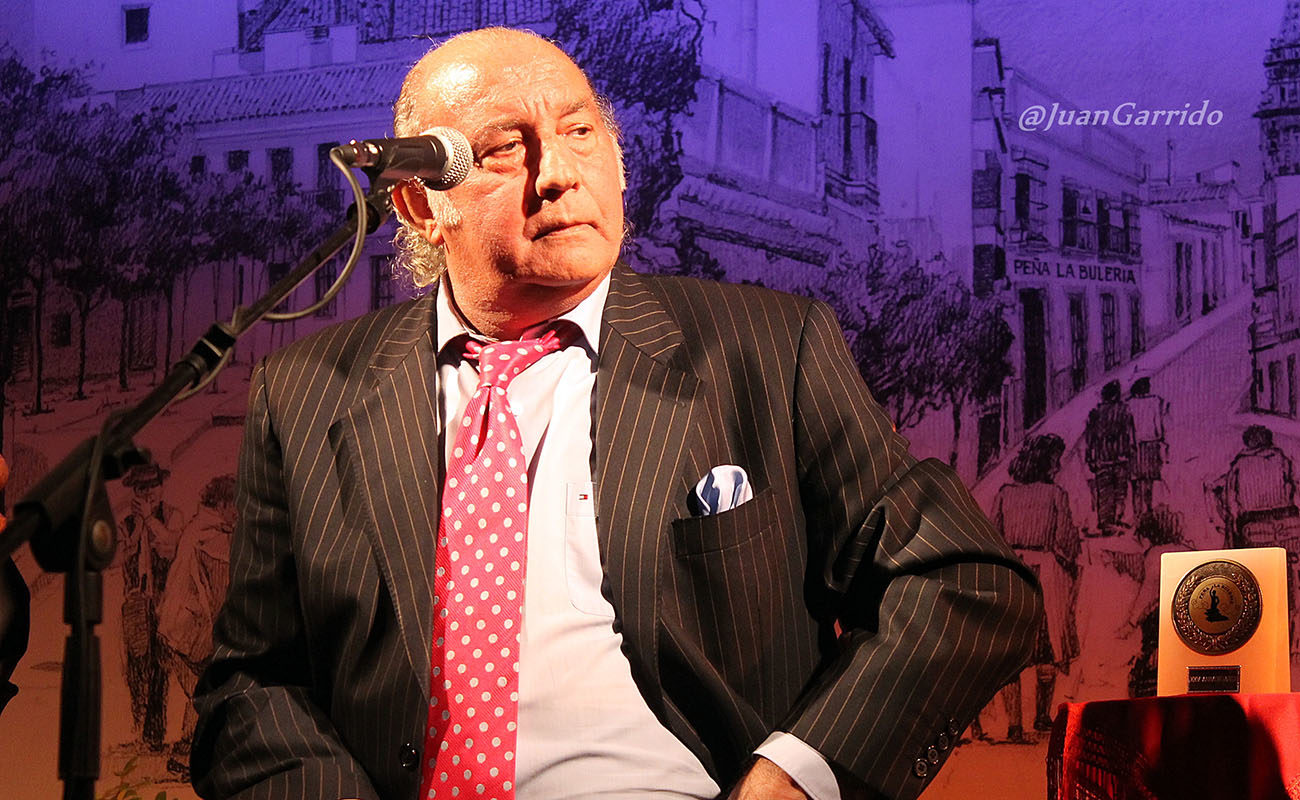
Fernando de la Morena has left us in deep sadness, at 74 years old. His death not only means the loss of a full-blooded Gypsy with a long tradition, but also the loss of a true gentleman of the artistic landscape of Jerez. Cantaor since birth, quintessential festero and cultured up to his last hour, his life was always connected with the times that he lived. He was born in Santiago’s Cantarería Street and grew up listening to the nanas flamencas and coplas sung by his mother La Morena (literally “the dark-skinned”).
The Gypsy party, the juerga, is near. It’s not surprising, because in the streets of this district lived many families who would turn any laugh into an excuse to throw a big party. From this same neighborhood that gave his farewell yesterday after 6 PM, with palmas by his loved ones and many colleagues of this art, Fernando used to leave for the fields to weed out the land, gather chickpeas and starve. Yet, that was life in those days of hardship when the only language was the cante and baile of those Gypsies who every night found consolation in the farmhouses with palmas a compás.
Niño Fernando grew up and started working as a taxi driver, taking the artists of those days to ventas and parties, where he stayed listening to everything. Fernando always had multiple occupations, until his dead, and he always showed respect, good manners, generosity and class. Even as he worked delivering bread for the Bimbo company, when he would earn some extra money by performing in some party after he finished his deliveries.
Summarizing the life of Fernando Carrasco Vargas is not easy at all, because it’s all nuanced by the emotion of having led an intense career very much appreciated by the wider public. Closely connected to Peña Tío José de Paula, an obligatory voice in the villancicos of Jerez, this patriarch of the Santiago district was an unequalled host, kind with youth, open-minded, spiritual, a great talker and a good friend and teacher, with a refined taste in food and in company. He was a true flamenco star. Together with Manuel Agujetas, he was the most admired cantaor in Japan, a country he visited in October 2015, leaving his mark, and where he continuously wanted to go back. In the last edition of Jerez’s Fiesta de la Bulería, on August 24th, Fernando performed with other Japanese artists such as Shoji Kojima, uniting both cultures with the spirit of Jerez and his cante por bulerías.
We are left with his few but solid solo albums —De Santiago a Triana (Audivis, 1994), En cá Fernando de la Morena (1999), Jerez de la Morena (Palo Seco, 2002) — as well as his collaborations in the Himno de Andalucía together with Paco de Lucía and Capullo de Jerez, and in V.O.R.S Jerez al cante, released in 2012, featuring other great artists of this city such as Agujetas and Manuel Moneo. His bulerías in Carlos Saura’s movie Flamenco are famous, as was his close friendship with Moraíto. Fearnando is gone, but he leaves us many golden lines written in the history of cante in Jerez. Not just por bulerías, but also with trillas, fandangos personales, Gypsy seguiriyas or his soleá with that great Jerez feeling. Above all, he leaves us the memory of his great personality. Rest in peace, Sultan of Bulería. He is now together with his little brother Curro.
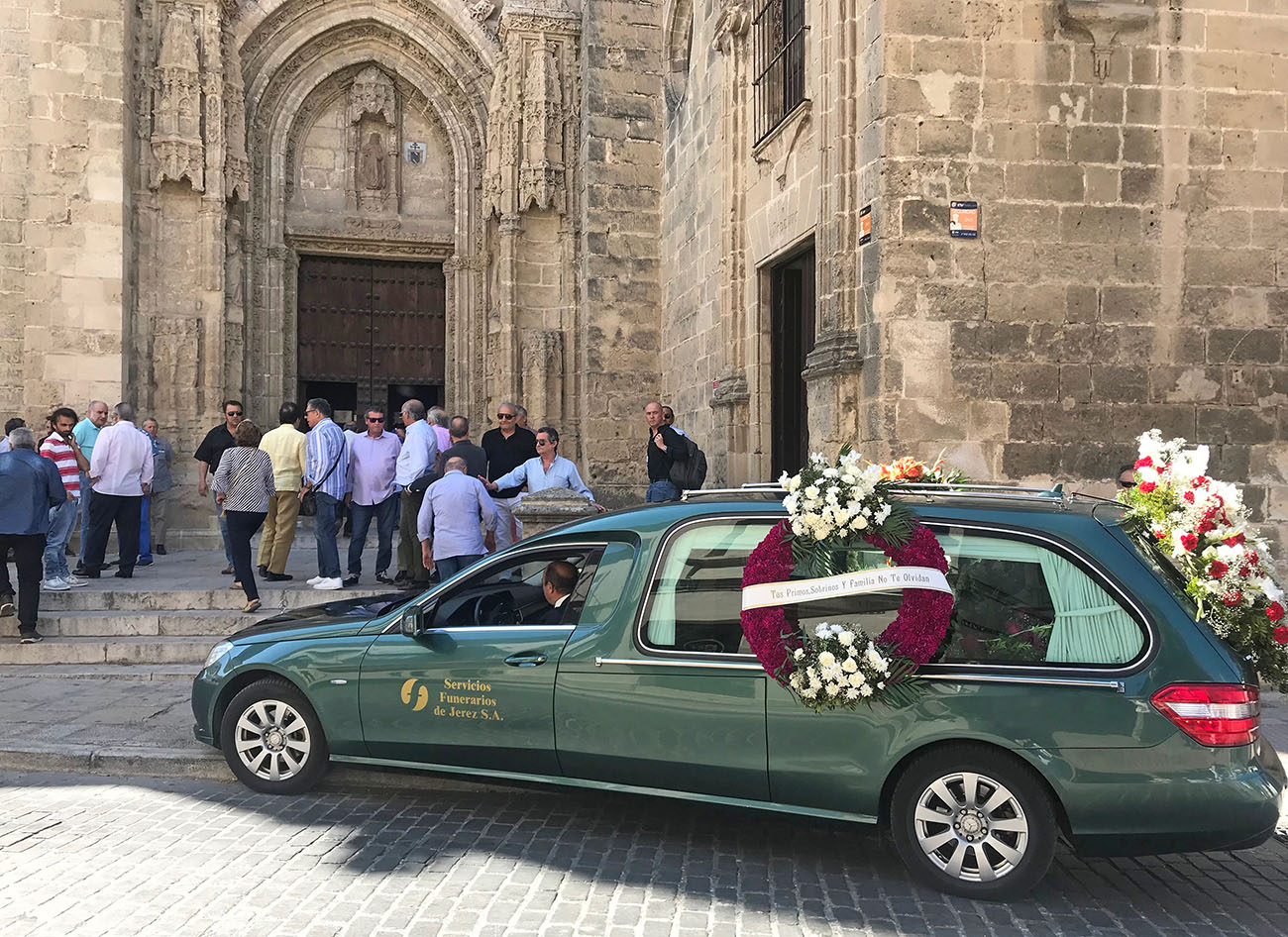
Entierro del cantaor Fernando de la Morena. Jerez, 6 junio 2019. Foto: Juan Garrido
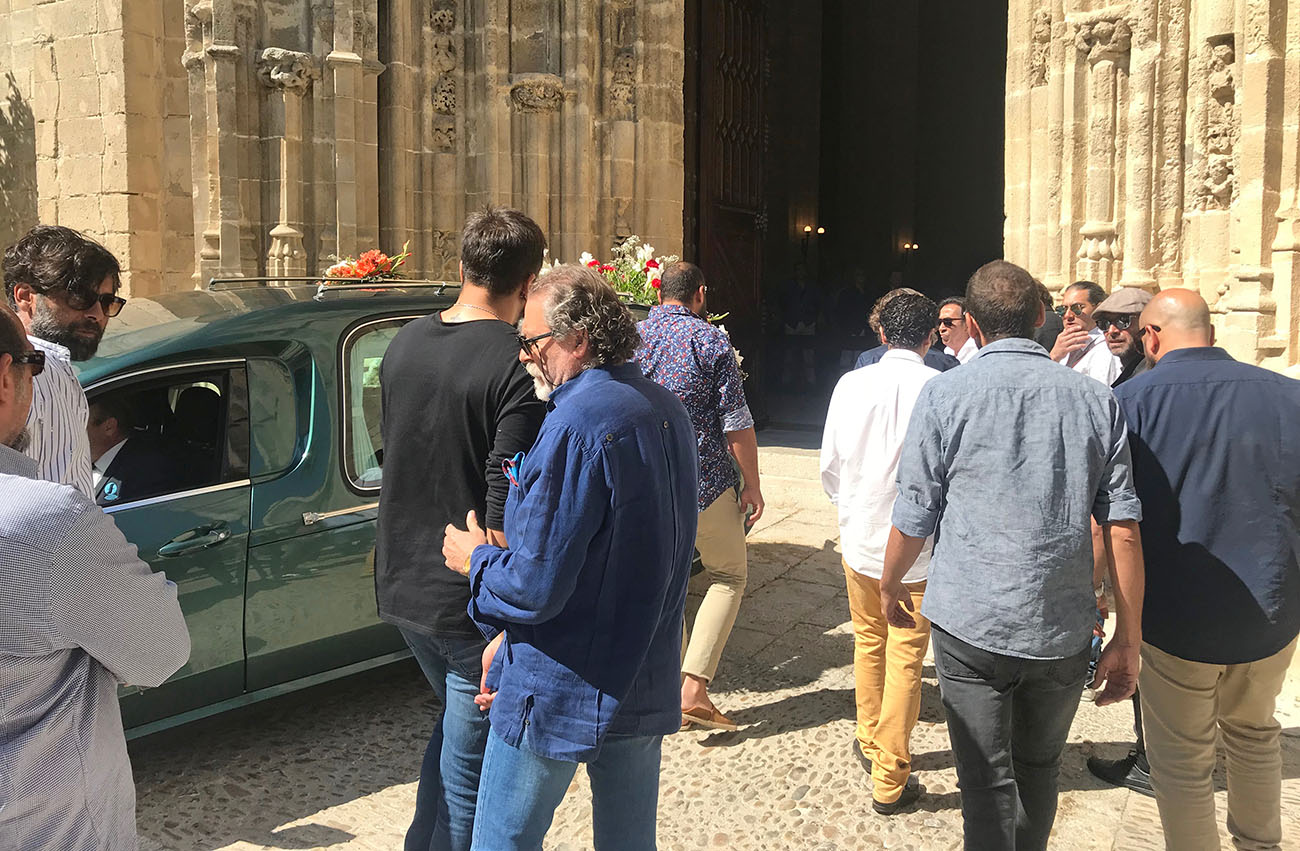
Entierro del cantaor Fernando de la Morena. Jerez, 6 junio 2019. Foto: Juan Garrido
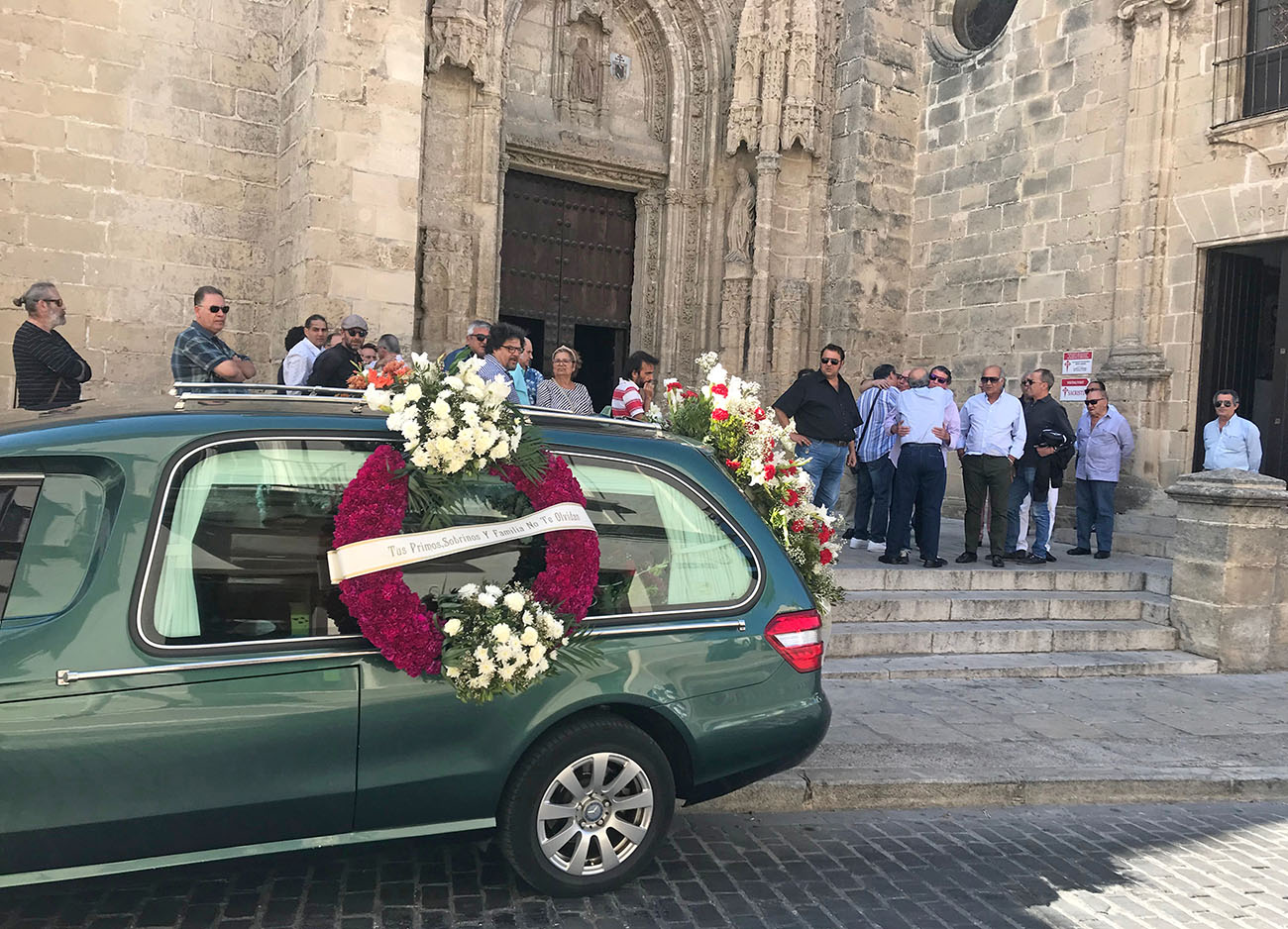
Entierro del cantaor Fernando de la Morena. Jerez, 6 junio 2019. Foto: Juan Garrido
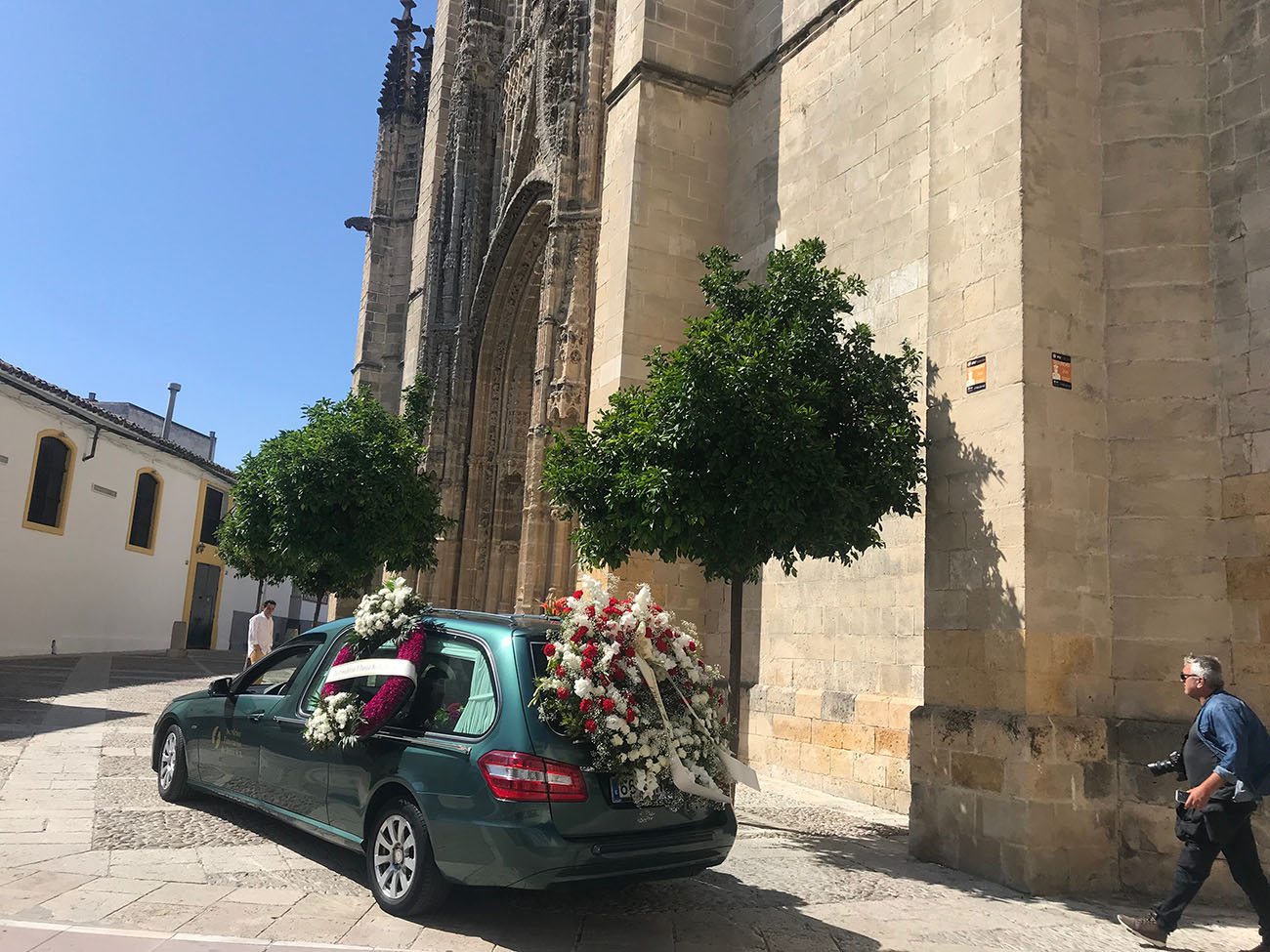
Entierro del cantaor Fernando de la Morena. Jerez, 6 junio 2019. Foto: Juan Garrido


